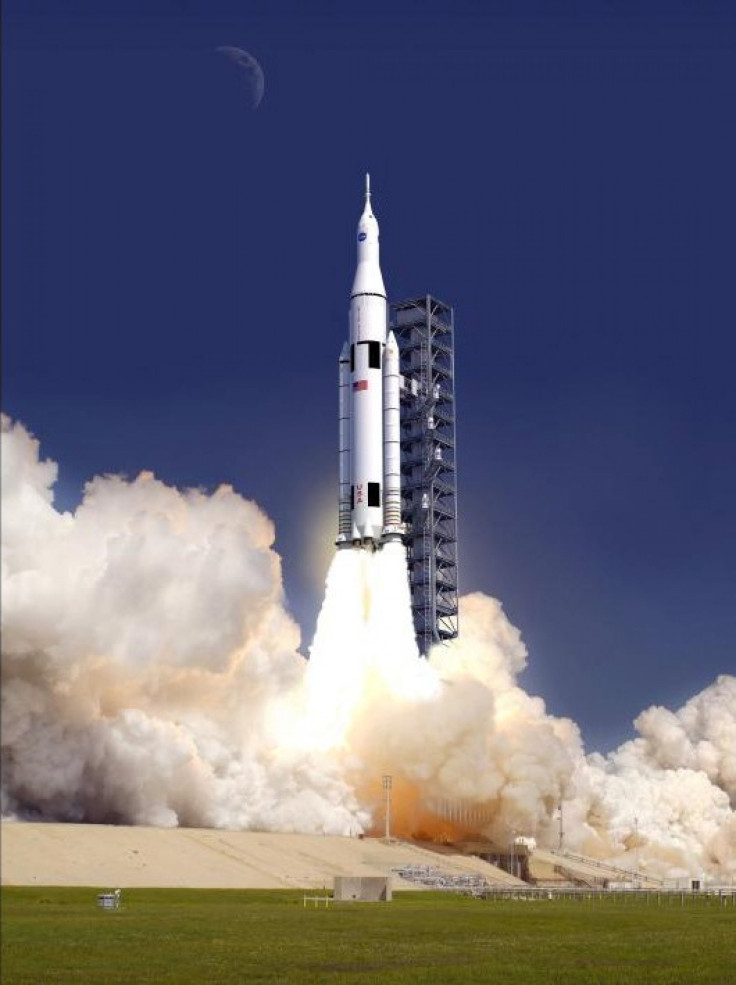Lawmakers Accuse Obama Administration of Sabotaging Space Launch System

Two U.S. senators have accused the White House of trying to stall the development of NASA's new heavy-lift Space Launch System (SLS) by inflating the project's estimated cost in order to terminate the program.
SLS has been designed as the foundation of the next U.S.-owned space exploration, allowing space crews to venture farther into space than anyone has ever traveled. The system would also include a deep-space capsule called the Multi-Purpose Crew Vehicle, where astronauts would lodge. Both projects were ordered as a result of the NASA Authorization Act of 2010, which was signed last October by President Barack Obama, and could cost nearly $63 billion to complete through 2025, according to leaked NASA documents that were obtained by The Wall Street Journal.
After the cost estimates surfaced in a Sept. 7 report in the newspaper, Sens. Kay Bailey Hutchinso, R-Texas, and Bill Nelson, D-Fla., criticized the cost figures in a joint press release, claiming the numbers are a wildly inflated product of the Obama administration in an attempt to sabotage the nation's manned space program.
Nelson and Hutchison, both firm supporters of SLS, said the upper range of NASA's cost estimates -- the agency came up with five cost estimates, each assuming a different funding scenario -- are, based on an imaginary acceleration of SLS development. Moreover, they claim one of the cost figures, pegged at $57 billion, is nearly double the estimate provided by Booz Allen Hamilton, a consulting firm that completed a separate independent analysis of the program's potential cost.
Sen. Richard Shelby, R-Ala., another SLS supporter who is the ranking member of the Senate subcommittee that makes appropriations for NASA, told Space News the Obama administration purposely leaked the estimate because it had always intended to kill the program.
When the Booz Allen Hamilton study didn't reach the conclusion that the Obama Administration had hoped for, it started leaking figures from some new 'internal study' in an attempt to justify its dithering and flagrant defiance of the law, he said.
Despite the controversy, at this point it seems as though development of SLS is going as scheduled. On Wednesday, NASA revealed a new illustration for the SLS design, which is based on pieces from the agency's recently-retired space shuttles.
According to NASA, the cost of developing the rocket is estimated at $10 billion over the next five years, while the crew capsule will cost $6 billion and the launching pad and other ground facilities will add another $2 billion.
The first unmanned test flight is expected occur in in 2017, with additional flights to follow.
© Copyright IBTimes 2024. All rights reserved.











